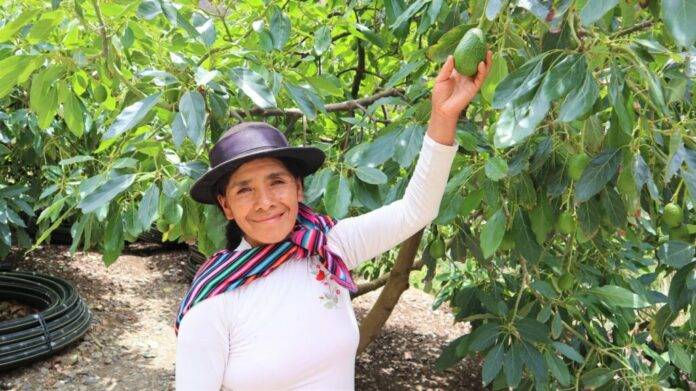“`html
In 2024, Peruvian avocados secured their position as the third most significant agro export of the South American nation, generating an impressive $1.25 billion in revenue. This figure marks a remarkable 25% increase compared to the previous year, underscoring the fruit’s vital role in Peru’s agricultural landscape. To gain insights into the progress of this lucrative crop and the plans for expanding market access, FreshFruitPortal.com engaged in a conversation with Nely Wilcas Márquez, the director of SENASA’s Plant Quarantine Subdirectorate.
As of now, Peruvian avocados enjoy access to 67 international markets. In 2024, the distribution of exports showed significant diversity, with 30.8% directed to the Netherlands, 21.7% to Spain, 10.9% to the United States, and 9.5% to Chile. Looking ahead, access to the Philippine market is anticipated by 2025, which could further bolster export figures.
Regional Contributions to Avocado Production
The current avocado production landscape in Peru is notably influenced by several key regions, including Ayacucho, Apurímac, and Huancavelica. As of the 2024 season, a total of 137,378 acres have been certified across 17 regions, with Ayacucho, Ancash, Lima, Arequipa, Apurímac, and Huancavelica housing a significant number of small avocado producers. These regions are collaborating closely with SENASA to ensure timely certification of their agricultural fields.
Specifically, Ayacucho accounts for 5% of the total certified area nationally, while Huancavelica contributes 3%. The higher concentration of certified production sites in these regions can be attributed to the prevalence of small-scale producers.
SENASA’s initiatives have been instrumental in reinforcing Peru’s status as a leading global exporter of avocados. The focus on opening new markets and enhancing the capabilities of producers remains critical for maintaining this competitive advantage. Nevertheless, progress in sustainability, market diversification, and support for smallholder farmers is essential for the sector’s continued growth.
Strategies for Promoting Crop Growth
To foster the growth of the avocado industry, it is imperative for exporters to adhere to the phytosanitary requirements set forth by the destination countries. Compliance with the necessary dry matter standards is crucial, as these standards are pivotal in meeting the quality expectations of international markets.
SENASA and ProHass Collaboration
SENASA is actively collaborating with ProHass to identify new market opportunities and devise strategies for accessing them. ProHass plays a vital role in supporting the technical negotiations led by SENASA to secure market access. Additionally, both entities are working together to coordinate phytosanitary actions and organize meetings in preparation for the 2025 avocado export campaign.
Challenges Faced by the Sector
Despite the successes, the sector faces significant challenges, particularly regarding traceability issues related to the phytosanitary certificate of place of production (CLP) for growers. The improper use of the CLP resulted in the temporary suspension of the market for Hass avocado exports from Ancash to Chile, which lasted nearly a year. The entire certification process loses its efficacy if traceability is not adequately managed.
Efforts by SENASA to Address Challenges
In response to these challenges, SENASA has implemented a traceability system for avocado exports, ensuring the verification of the fruit’s origin and facilitating the enforcement of phytosanitary measures during exports.
Expanding Export Opportunities
Currently, negotiations are in progress to establish access to markets in the Philippines, Taiwan, New Zealand, Vietnam, and Australia. Additionally, efforts are being made to expand access for non-Hass avocado varieties in the United States, Argentina, and Chile. There is a strong expectation that access to the Philippines will be finalized within the first quarter of 2025.
Key Takeaways for the Industry
The international competitiveness of Peruvian avocados hinges on strict adherence to phytosanitary requirements, assurance of product quality, maintenance of traceability, and optimization of operational efficiency. Certification, utilization of approved agrochemicals, and recognition of low-risk packing houses not only streamline the export process but also enhance profitability and sustainability for the sector. Adapting to these requirements is crucial for preserving and expanding the global footprint of Peruvian avocados.
“`




